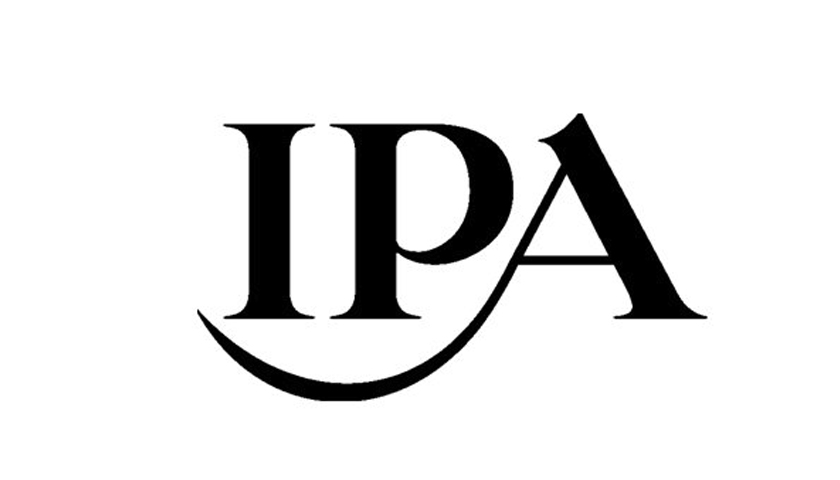A new report by the IPA and Financial Times, published last month, reveals the changing purchase drivers and transactional trends of the Luxury goods market and the attitudes towards it post pandemic.
The New Shape of Luxury report has been published in acknowledgement of the growing value of the sector, with spend figures on personal luxury goods predicted to reach €283bn for 2021, up from €281bn in 2019, and forecast to rise dramatically to €360-380bn by 2025 (Bain & Co). By analysing the factors that have driven this growth and how the attitudes and behaviours of luxury consumers have shifted over the past two years, the report is able to provide the industry with insights to inform its planning and messaging,
The findings are both quantitative and qualitative and are derived from a global survey of 646 FT readers and insights from interviews with luxury brand executives, academics and leading industry commentators. Areas examined include audience segmentation, buying behaviour, brand power, and attitudes towards ESG and sustainability,
Ten key takeaways (listed in brief and available in full detail in the free report)
- The personal luxury sector is thriving and the last couple of years have not dimmed the attraction and potency of the brands within it.
- There is still growth to be found among broader age groups for both new and well-known luxury brands.
- Luxury items are still recognised and acknowledged as status symbols by 70% of respondents.
- Luxury products obviously deliver both internal and external signalling values but the study suggests that the pandemic heightened internal signalling values, helping to address the loss of sense of self, anxiety and isolation created by COVID.
- The top purchase drivers over the pandemic period were not only rational but emotional.
- The top reason for not purchasing luxury items during the pandemic was a reduction in travel (39% across the sample).
- Strong ESG credentials are now a prerequisite for the majority of luxury buyers. The study found that not only is it part of the new cultural currency, it also regularly affects claimed purchase behaviour.
- Two-thirds of luxury buyers have started to notice the sustainability efforts of luxury brands and 42% agree that luxury brands are becoming more sustainable.
- From a list of words given to the respondents, “Distinctive” is the word most associated with luxury products which is a useful reminder for brand builders.
- Online channels are firmly in both the transactional and the communication mix for luxury brands, but as part of the luxury consideration and purchase ecosystem. In the survey, six in ten of our sample missed the brick-and-mortar experience when shops were closed.
Says Janet Hull, Director of Marketing Strategy, IPA
“The IPA is delighted to partner with the Financial Times and bring this insightful report to life. The report strives to exemplify brand-building at its best; with a permanent focus on the sustainable added values of quality, authenticity, special experiences and creative differentiation.“
Like every sector, the luxury market has been forced to adapt and flex in response to unprecedented recent events and an acceleration in societal and economic challenges. Who better than the IPA and Financial Times to provide a global perspective of these dynamics, and provide the context for businesses and brands to reset their course for growth in the years ahead.
Says Dorota Gwilliam, Global Director – Luxury and Weekend Portfolio, Financial Times
“This report aims to shed light on the extraordinary changes to the luxury sector so that we can continue to make sense of what has been happening amongst brands and customers.
“The findings come from a global survey of our readers and insights from interviews with luxury brand executives, academics and leading industry commentators and our hope is that these findings provide guidance for those looking to understand this elusive audience as they navigate the complexities of the luxury market.”
Download the full report, free of charge from the FT website


